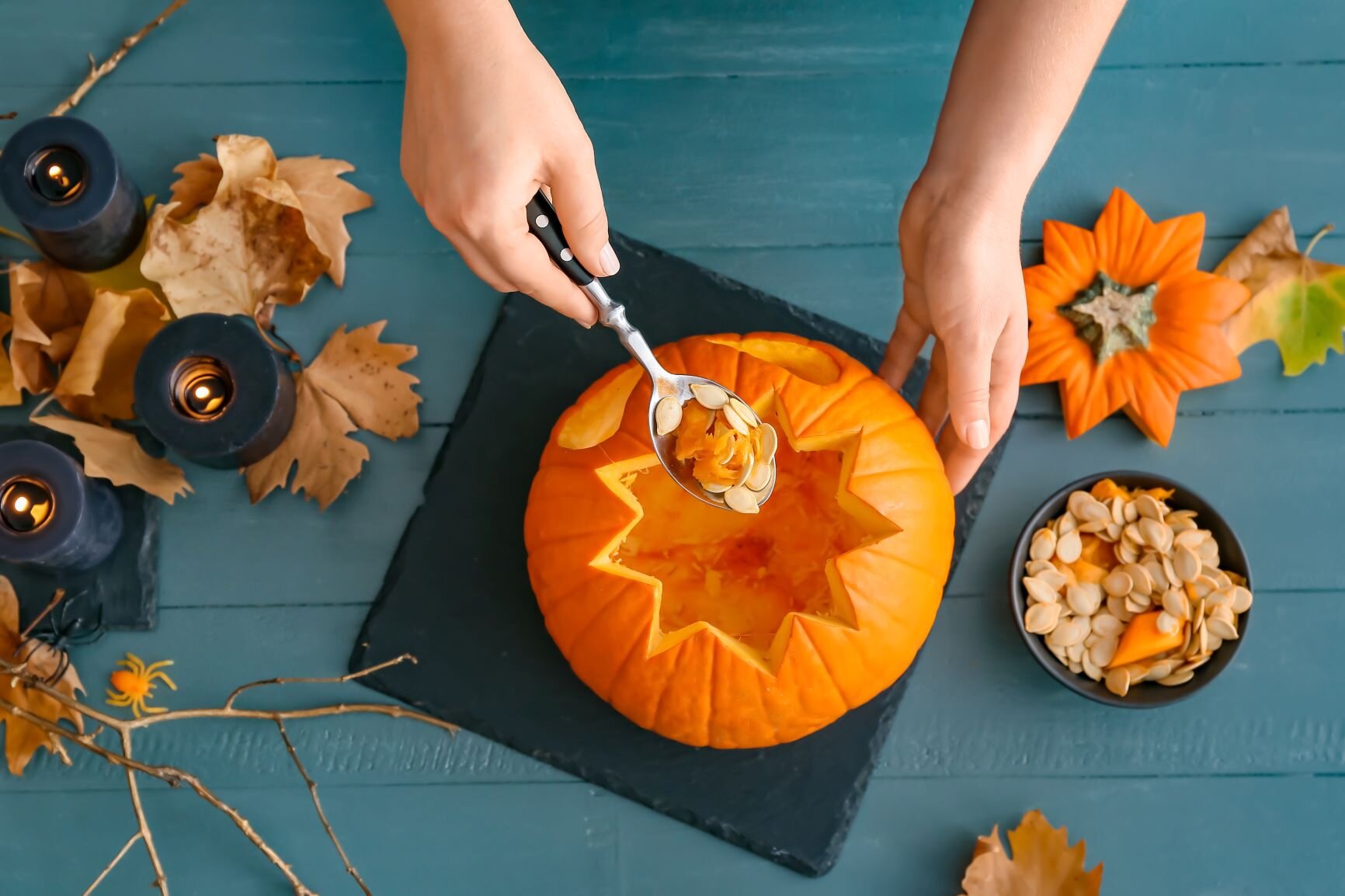Pumpkin: Health Benefits and Ways to Use It
By Lizzie Streit, MS, RDN, LD
Even before the leaves begin to change, pumpkin season is usually well underway! This fall vegetable has become an icon of autumn and the star ingredient of dishes that come with the cooler temperatures.
While pumpkin lattes, cookies, and candies are certainly not health foods, recipes that use actual pumpkin can be very nutritious. Here’s an overview of the benefits of pumpkin and different ways to enjoy this orange squash.
Nutrition of Pumpkin
As with other vegetables, pumpkin is low in calories and rich in fiber, not to mention several vitamins and minerals. It’s an excellent addition to meals and snacks that will help fill you up without providing empty calories.
One cup of diced pumpkin contains:
Calories: 30
Protein: 1 gram
Fat: <1 gram
Carbohydrates: 8 grams
Fiber: 1 gram
Vitamin A: 197% of the Daily Value (DV) (mostly from beta-carotene)
Vitamin C: 17% of the DV
Potassium: 11% of the DV
Iron: 4% of the DV
Magnesium 3% of the DV
Vitamins A and C both act as antioxidants in the body, contributing to a healthy immune system and helping to prevent the body from oxidative damage that can lead to disease. The minerals potassium and magnesium are vital for maintaining a healthy blood pressure.
Ways to Use Pumpkin
Besides being highly nutritious, pumpkin lends itself to several culinary uses. Diced pumpkin can be roasted and served as a side dish or added to soups and salads. Pumpkin puree is incredibly versatile and can be mixed into smoothies, sauces, baked goods, dips, and more.
Here are some of the best ways to use pumpkin:
Pumpkin tomato sauce: Heat a can of pumpkin puree and tomato sauce in a saucepan over medium-low heat. Stir in spices of choice, such as salt, oregano, basil, or even cinnamon. Serve over pasta.
Chili: Pumpkin puree contributes a wonderful texture to chilis. Mix it into classic beef or turkey chili at the same time that you add the beans and tomatoes.
Pancakes: If you’re making pancakes from scratch, try adding about ½ cup pumpkin puree to the batter. It adds some bonus nutrients and a great color!
Smoothies: Pumpkin tastes delicious in creamy smoothies. Blend ½ cup pumpkin puree or roasted pumpkin cubes together with ½ cup Greek yogurt, a banana, a dash of pumpkin pie spice or cinnamon, and some water.
Roasted: Peeled and diced pumpkin can be roasted like any other type of squash. For a sweet and spicy variation, toss the cubes in 1 tablespoon olive oil, 2 teaspoons maple syrup, a pinch of cinnamon, and a pinch of cayenne pepper before roasting at 400 degrees for 30 to 40 minutes.
At the end of the day, pumpkin can be a nutritious addition to meals and snacks, but be wary of “pumpkin” flavored packaged foods and treats that are often high in added sugar.
Note from Healthy For Life Meals: Our menus feature many seasonal vegetables, including fall and winter squashes. Each week has a delicious variety of options so that you won’t get bored with your meals. Order one of our 1200 calorie, 1500 calorie, or 2000 calorie-per-day meal plans today.

